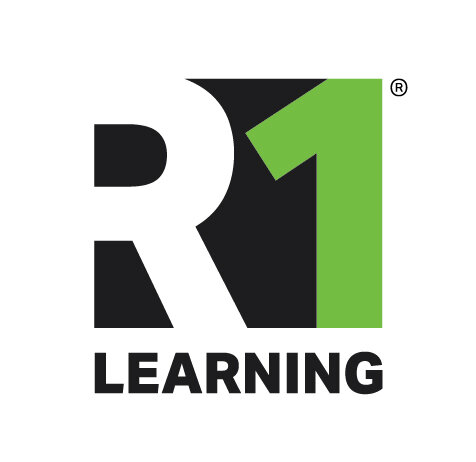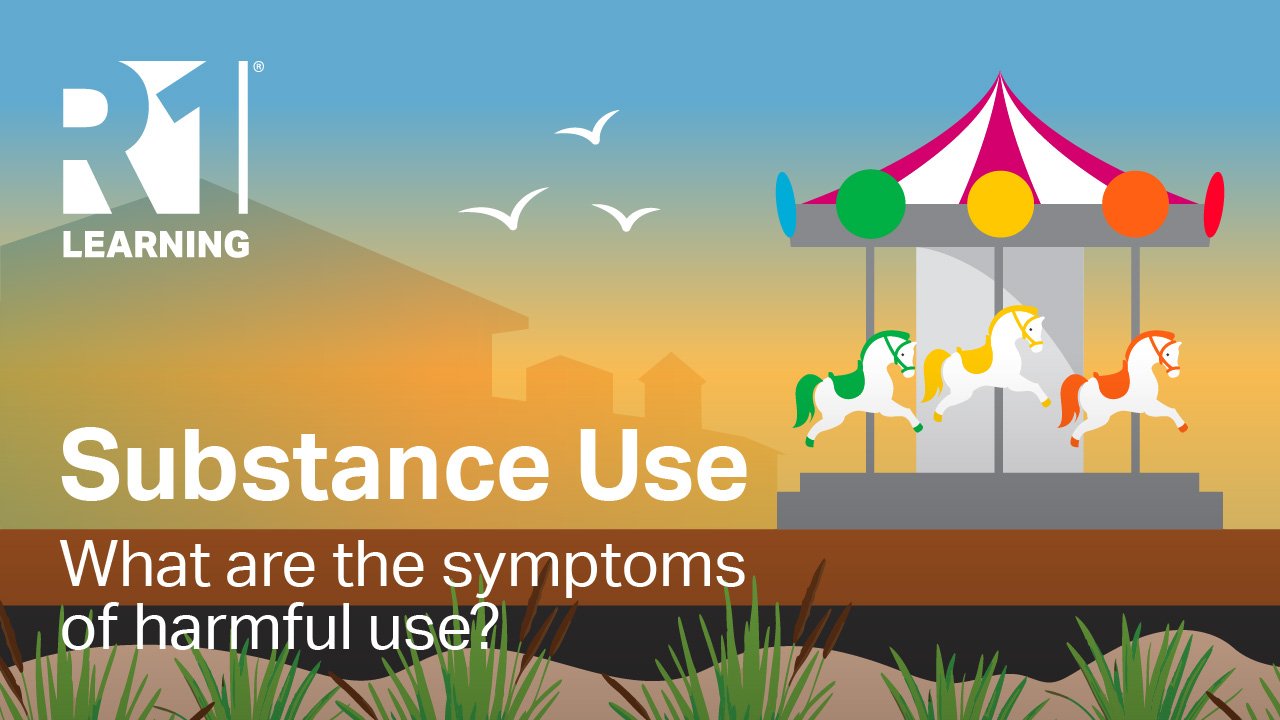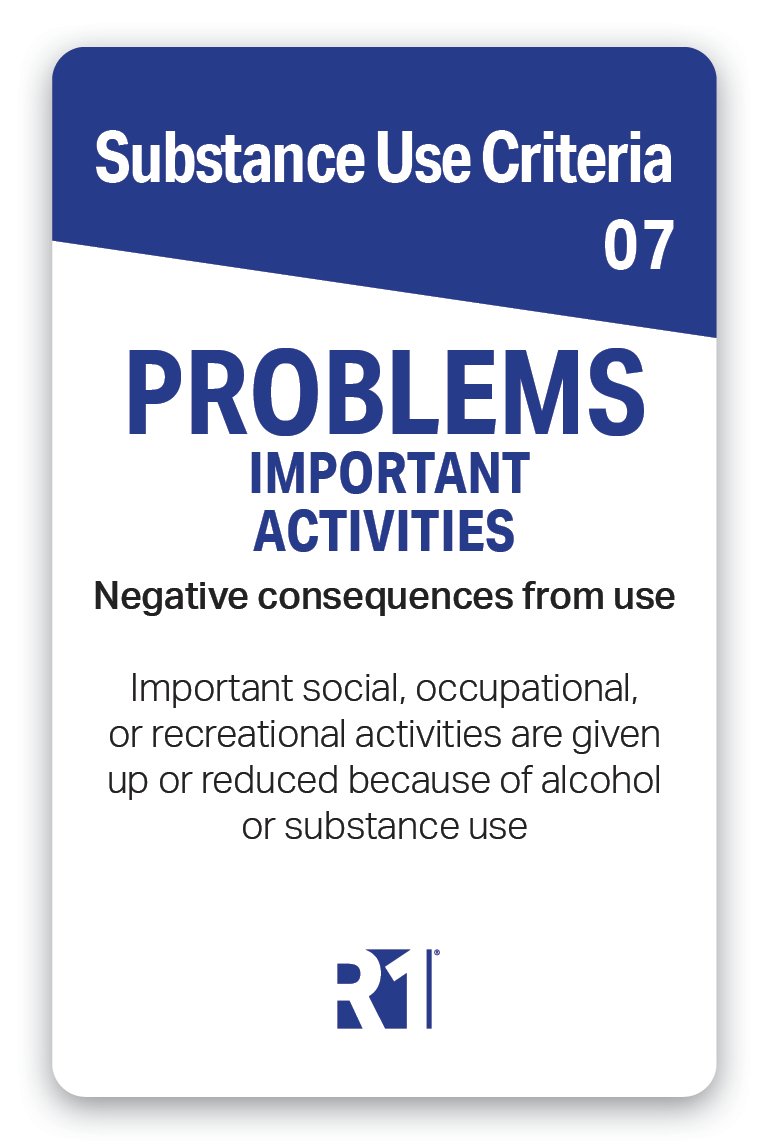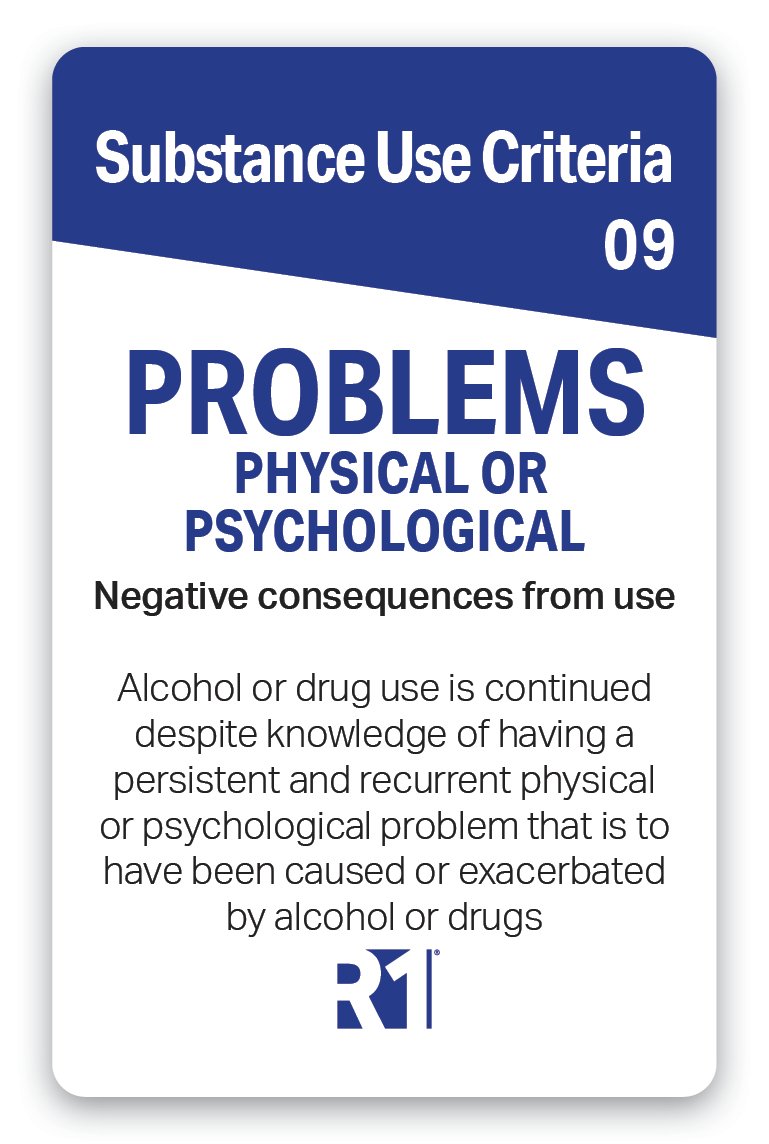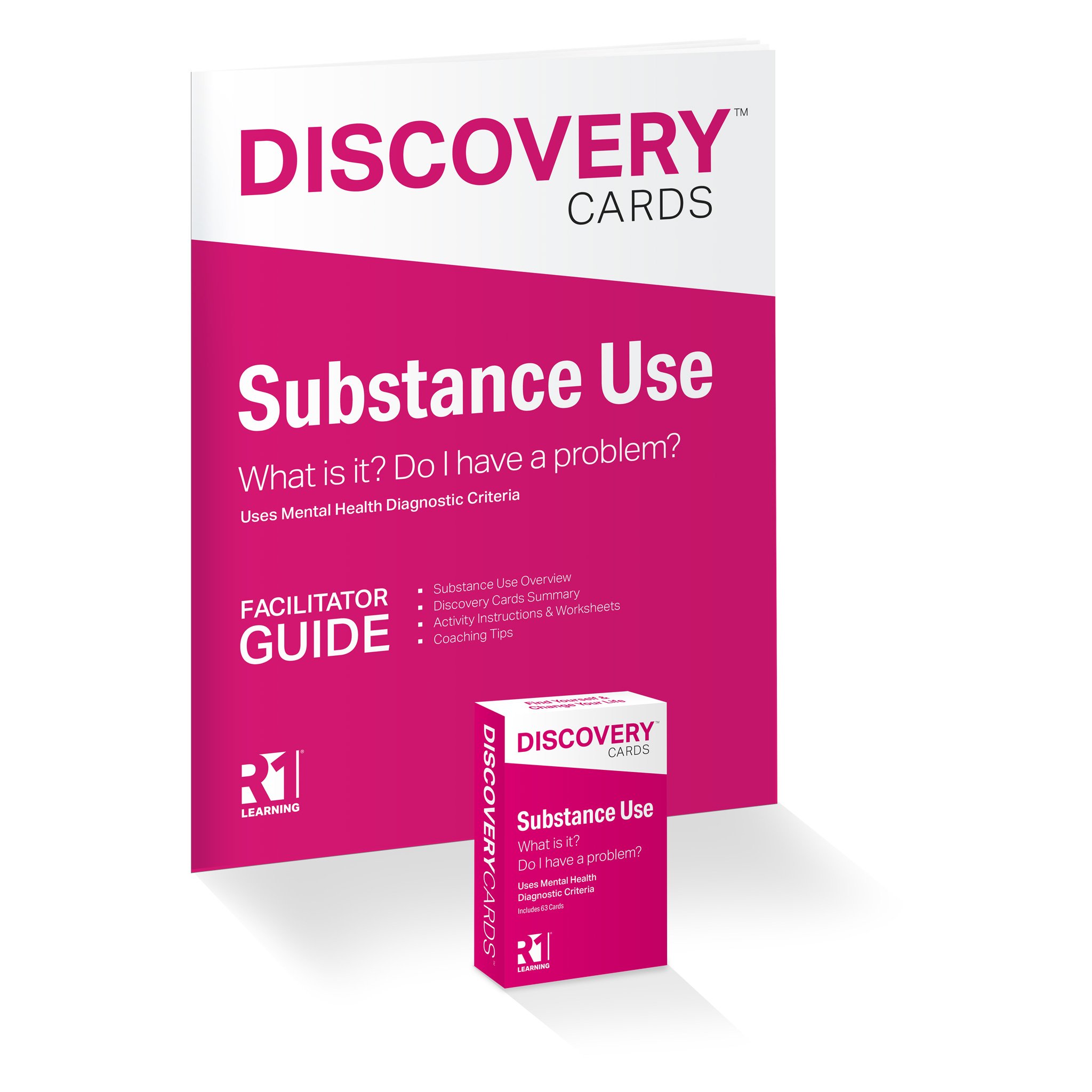Substance Use — 11 Symptoms for Observing the Biological, Psychological, and Social Patterns of the Disorder
Substance use is on the rise and impacting individuals, families, and communities world-wide. Hundreds of millions of individuals use substances in some fashion with over three million people dying from substance related use globally. The use of physical or mind-altering substances is not a new phenomenon. Throughout history, people and communities discovered, made, traded, and used many different substances for a variety of purposes – medicinal, social, religious, and economic. These substances have often been medicinal in nature – for example, coca leaves were used as an anesthetic and opium as a pain reliever. Other substances, such as peyote, have been used in spiritual journeys such as in the rituals performed by native peoples. And for just as long, there have been individuals who have used these substances, becoming mentally or physically dependent on these substances, progressing their use to what we now call a substance use disorder.
What are the symptoms of harmful use?
Substance Use Definition: The use of illegal drugs or the use of prescription or over-the-counter drugs or alcohol for purposes other than those for which they are meant to be used, or in excessive amounts. Substance misuse may lead to social, physical, emotional, and job-related problems
To aid individuals through the fundamentals of substance use, it is helpful to look at some criteria that can help determine to what degree one may have a problem. The Diagnostic and Statistical Manual for Mental Disorders (DSM-5 TR), considered the gold standard of diagnostics by psychologists and mental health professionals worldwide, offers several criteria that may indicate disordered substance use. There are four broad categories:
Impaired Control – When an individual begins to lose control over his or her substance use, such as using more than anticipated or spending a great deal of time recovering from the effects of alcohol or drug use. The four areas we can measure are use, control, time, and cravings.
Social Impairment – When an individual continues to use alcohol and/or drugs despite the impacts it is having on his or her relationships or activities, such as issues with family or failing to meet work or school obligations. The three areas we can measure are problems – major roles, problems – social, and problems – important activities.
Risky Use – When an individual uses substances in a way that may cause physical or mental harm to themselves or others, such as drunk driving or seeking alcohol or drugs in a risky place. The two areas we can measure are problems – physically hazardous and problems – physical or psychological.
Physical Effects – When an individual experiences physical consequences of his or her use, such as the need to consume larger volumes of a substance to achieve the desired effect or if they suffer physical or psychological symptoms when they stop using. The two areas we can measure are tolerance and withdrawal.
Explore R1 Discover — Interactive Engagement Tools
Substance Use Symptoms Defined
Below highlights eleven (11) symptoms or criteria for substance use disorder. Take a moment to read through each of the symptoms to learn some of the basics. The Discovery Cards provide four (4 ) behavioral statements (as shown with Withdrawal) to help both practitioners and individuals better observe, evaluate, and build a plan to address areas identified.
The Discovery Cards include eleven (11) definition cards (fronts shown below) and list four (4) behavioral statements for each. The Discovery Cards deck also include thirty-three (33) Sorting Cards highlighting behaviors for each of the 11 symptoms. Review the Discovery Cards fronts below and answer the Questions to Explore.
Substance Use Levels of Severity
Substance Use Disorder Definition: Substance use disorder (SUD) is a complex condition in which there is uncontrolled use of a substance despite harmful consequences. There are 11 symptoms (criteria) for each substance class (except for caffeine) that are used to make a substance use disorder diagnosis. The diagnosis is made along a continuum by licensed professionals based on the number and severity of the symptoms.
Mild: Presence of 2 or 3 symptoms,
Moderate: Presence of 4 or 5 symptoms,
Severe: Presence of 6 or more symptoms
Reference: The Diagnostic and Statistical Manual of Mental Disorders (5th edition; DSM-5 TR, 2022)
10 Potential Use Cases
Prevention Awareness Programs - high schools, campuses, community centers, health fairs, and events
Hospital Emergency Room Settings - Screening, Brief Intervention and Referral to Treatment (SBIRT)
Peer Education Programs
Community Social Worker Education
Mental Health and Substance Use Counselor Education
Peer and Clinical Supervision Tools
Individual Assessment
Family Programs
Primary Care Doctors, Nurse Practitioners, and Nurses
Consumer Products – Pharmacies, Book Stores, Health Products
Questions to Explore
Answer these questions for yourself or someone you are working with.
What did your find most helpful about this post? Explain.
Prior to reading this post, did you understand the details of substance use disorder?
How does the model and information help you to better understand substance use?
How will this information be helpful to staff and individuals in your program? Explain.
What will be the best way to use this information in your programs today? Describe.
References
The Diagnostic and Statistical Manual of Mental Disorders (5th edition; DSM-5 TR, 2022)
Breaking Stigma through Education: I rarely weigh in when we are sharing the basics of a new topic but will on this one. This is such an important topic. In the early part of my recovery journey, which included treatment, I was diagnosed with substance use disorder (SUD). During my experiences through several of the ASAM levels of care (detoxification / medically monitored withdrawal, intensive outpatient, residential, and after care programs) I was never informed once about what substance use disorder was and how my diagnosis was determined. None of the programs I attended used it as a teaching tool, opportunity for self-diagnosis, or defined or described it to any of my family members. Once I found out about my diagnosis, I felt that I was somehow mentally defective as a result of being labeled with substance use disorder. As with other topics in the R1 Learning System, I have had an opportunity to dive into the details on this one. As I learned more about this topic, I was amazed with the common sense information of the DSM-5-TR. The behaviors provided on the R1 Discovery Cards illuminates a behavioral patterns that highlights the disorder, while not feeling defective. As I’ve read and related the information to my own circumstances and experience, it makes total sense to me, helps me better observe and evaluate myself, and activates me to be in the driver seat of my own health and wellness. Something I’ve learned is called self-efficacy. I do understand and want to note that licensed professionals are best equipped to do the official medical diagnosis for treatment purposes. I do however think that this information is essential for mental health and substance use workers to understand and apply, and can be used as a tool to educate and help individuals and family members seek and gain help. Obviously, the R1 Learning System provides a variety of training, tools, and technology resources to support a variety of use cases for this topic. Please do explore them further on the R1 Store.
Copyright 2023 R1 Publishing LLC / All Rights Reserved. Use of this article for any purpose is prohibited without permission.
Engage, Educate, and Equip Your Practitioners
Substance Use Toolkits and Resources
The R1 Learning System and the Discovery Cards Group Kits enable programs to implement workforce training programs strategically. Contact us to learn more about how to best implement the R1 Substance Use topic in your program, train your team, and engage clients in service. Visit the R1 Store to learn more about our training, tools, and technology resources. The Discovery Cards are an amazing tool for exploring these topics with individuals or groups.
Here are a few ideas to help you learn more about R1 and engage others on this topic:
Share this blog post with others. (Thank you!)
Start a conversation with your team. Bring this information to your next team meeting or share it with your supervisor. Change starts in conversations. Good luck! Let us know how it goes.
Visit R1LEARNING.com to learn more about R1, the Discovery Cards, and how we’re creating engaging learning experiences through self-discovery.
